chevy
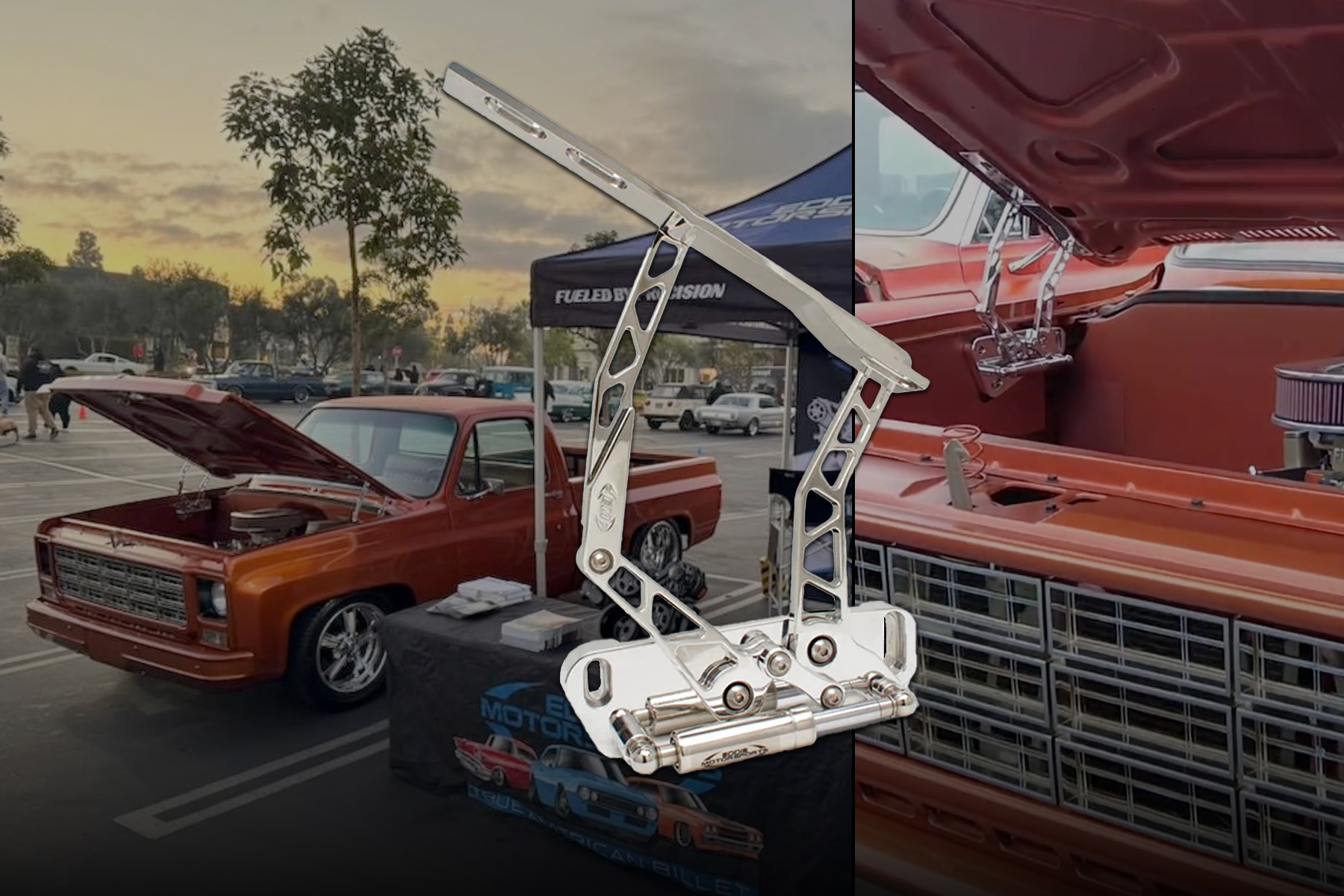
If you’re a Squarebody owner, you know the heartbreak of watching your factory hood hinges kink up your truck’s sheet metal like a bad day in the junkyard. Those OEM stamped-steel hinges might have gotten the job done back in the 1970s, but these days, they’re better at mangling your hood than holding it. Enter Eddie Motorsports’ latest product release: Billet Aluminum Kinetic Style Hood Hinges for 1973-80 Chevy Truck – Slammed. Specifically designed for slammed trucks, this innovation is the hero your Squarebody has been waiting for.

The C10 series of Chevy pickups is generally accepted as being the best-looking early pickups from the land of Bow Ties. But the one problem is that the factory fit them with roughly the same ride height as a 4×4. We suppose the guys who bought and used these trucks as trucks liked them that way, but the rest of us prefer them down in front. Having read nothing but truck magazines all your adult life, you know that there are many ways to lower a truck, from melting the springs with a torch all the way to installing forged aluminum IFS A-arms. We’ve read a couple of magazines ourselves and can tell you the safest, most affordable and simplest way.
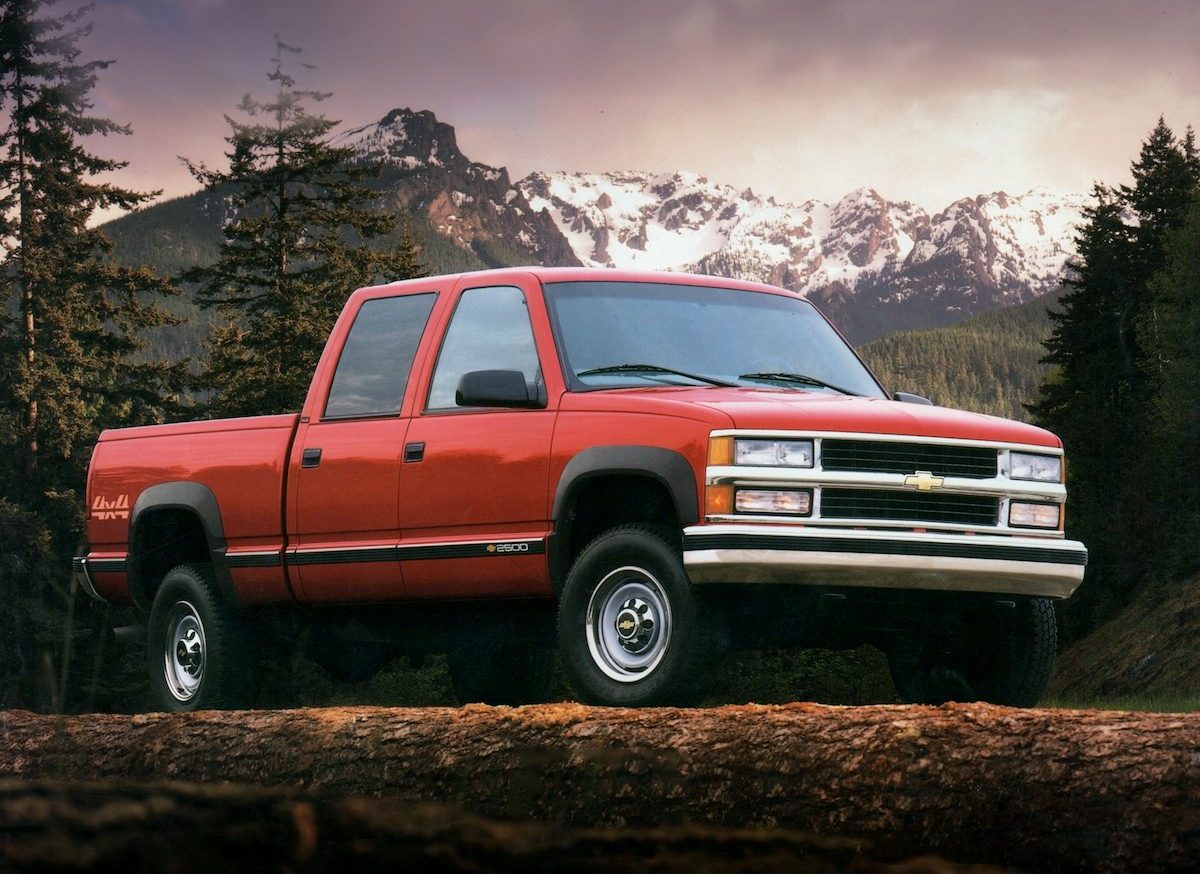
If you have a 1992-2000 Chevrolet or GMC with a 6.5L and you’re worried about overheating issues, there’s no reason to sweat it. Our friends at Dieselsite have the solution.
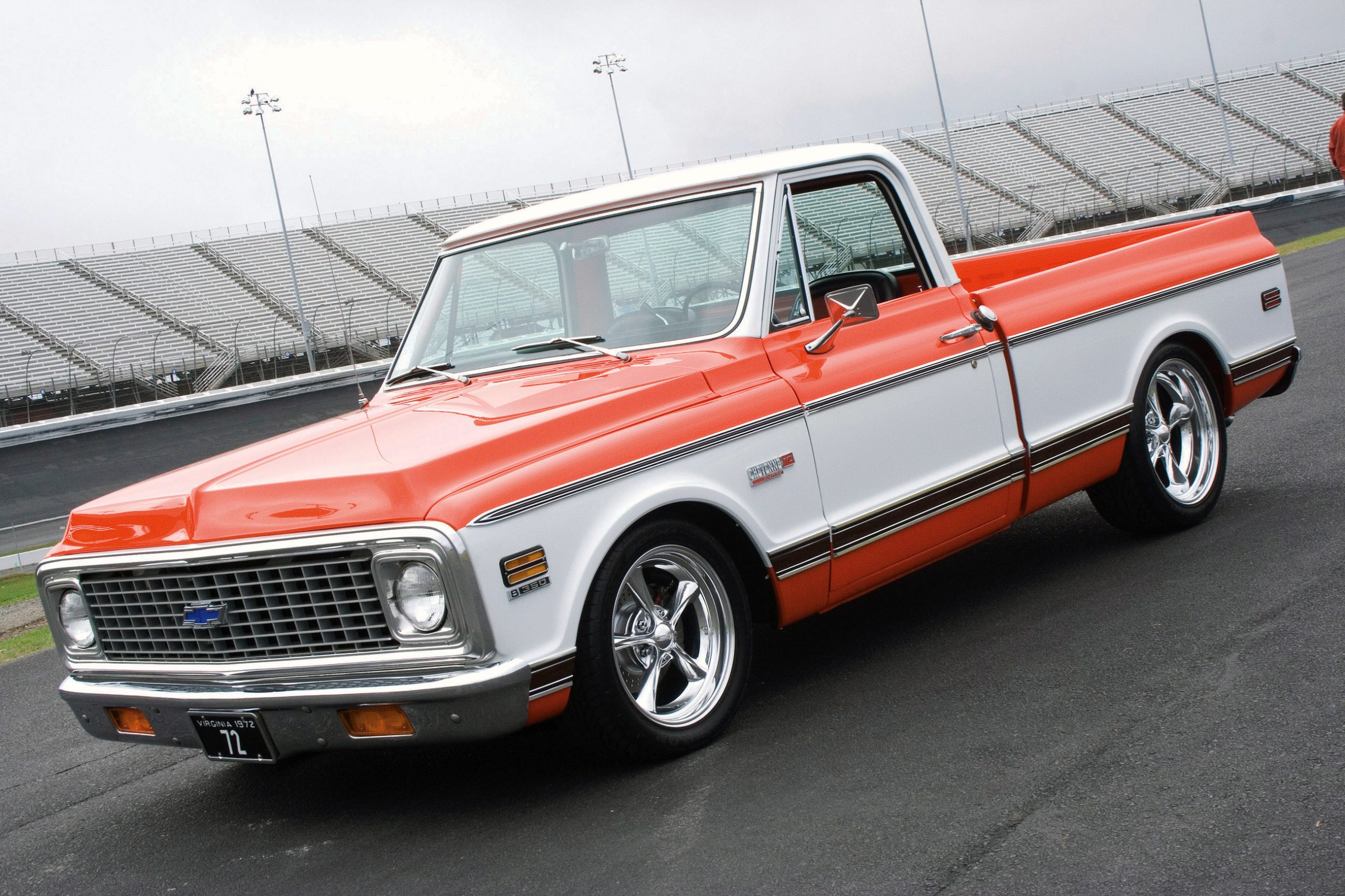
Virginia Beach, Virginia, residents Ronnie and Linda Loyd have always held a special place in their hearts for classic trucks. Having owned several old trucks through the years, Loyd built a certain appreciation for early Chevy pickups, especially those of the 1967 thru 1972 era. Since Loyd already owns a ’33 Ford coupe and a ’93 454 Chevrolet SS pickup, he decided now would be the perfect time to complete his collection by getting the early ’70s truck he always wanted.
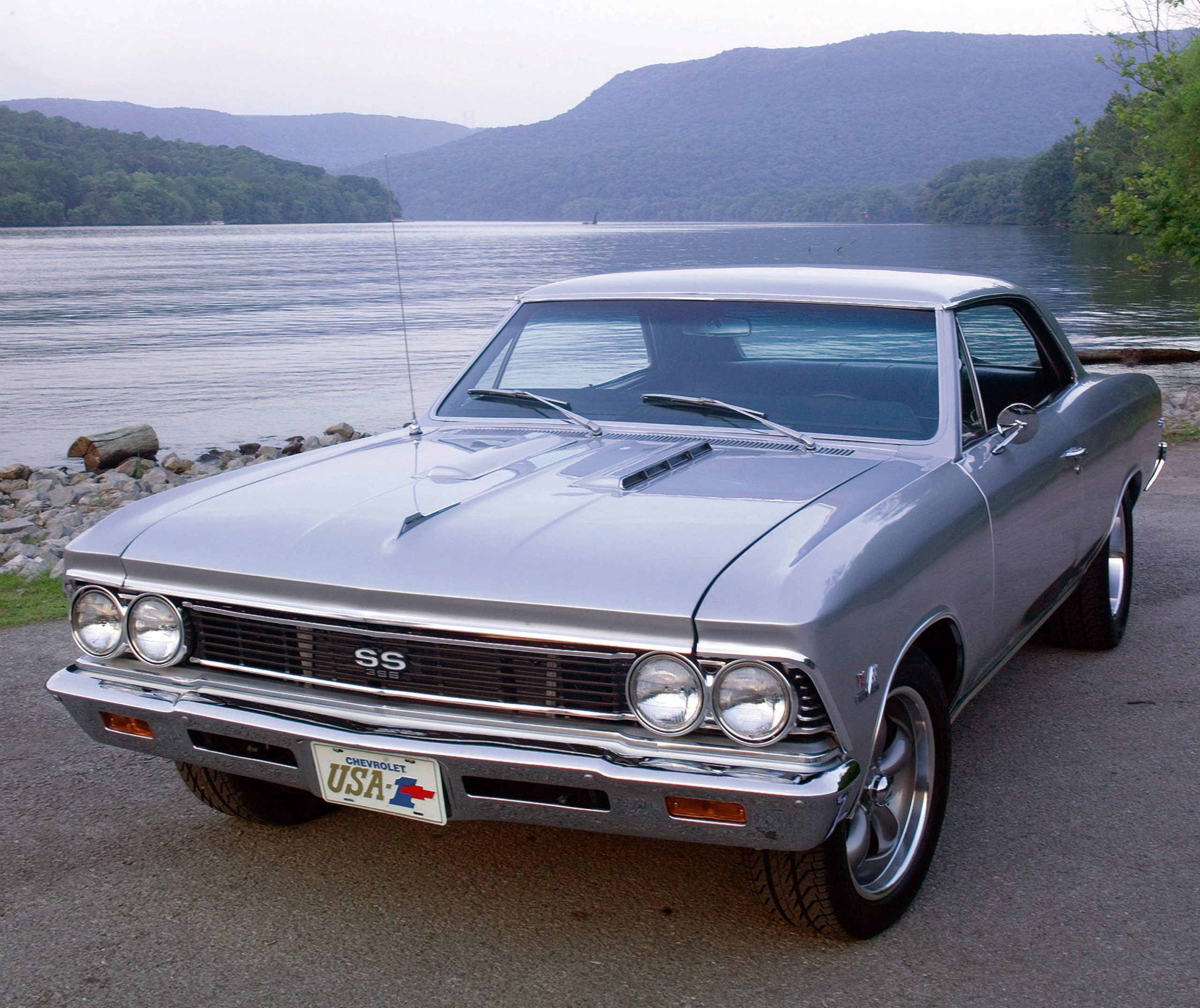
If you’re like many of us, vacillating between the car you’ve always dreamed of owning and what you really can afford, be sure you know what you need before you shell out more money than sense. Check around, ask your friends, read magazines on the subject, surf the Internet, get connected, and you’re likely to find your dream car, even if it is not everything you think it is.
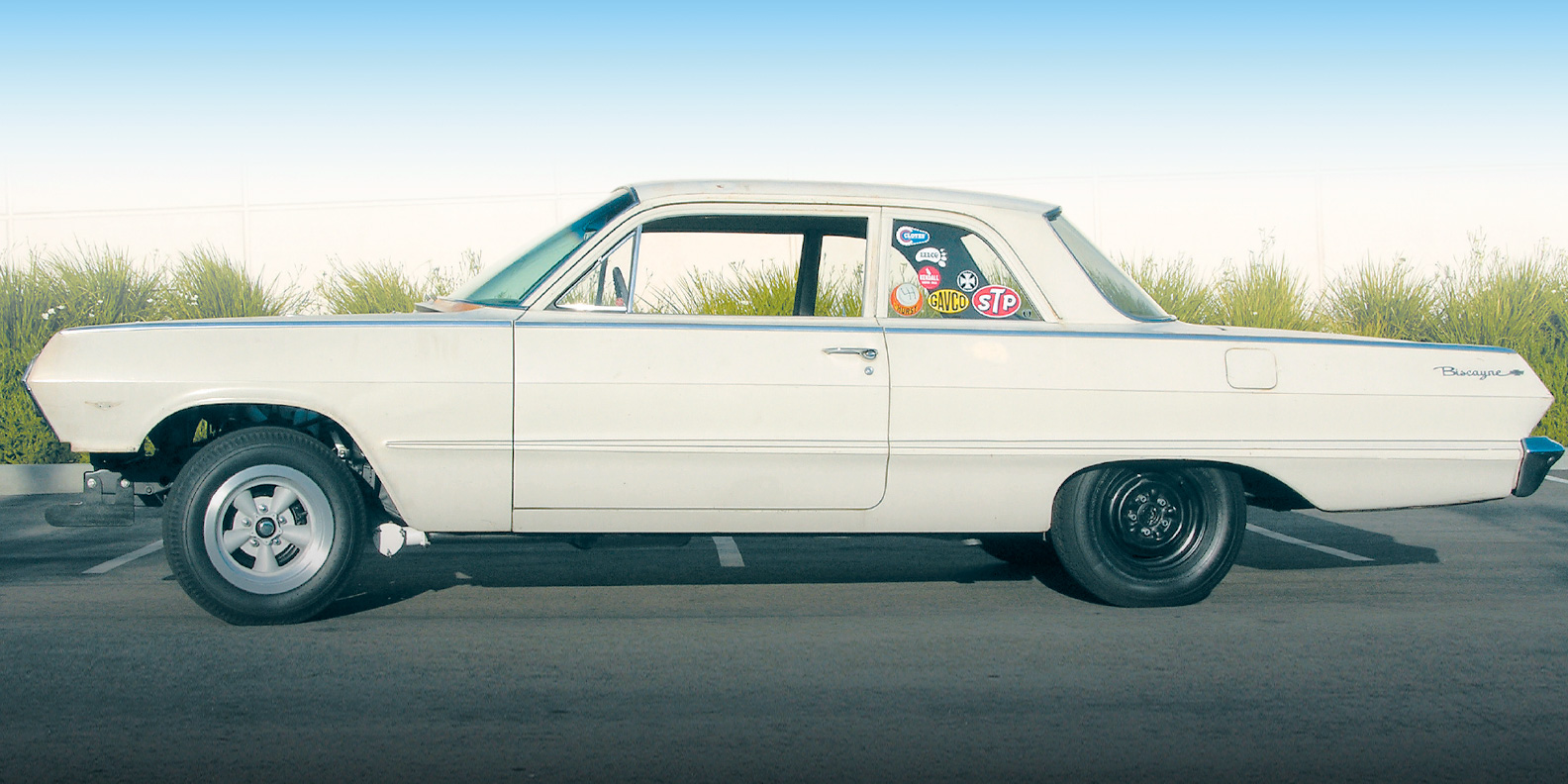
Experience the thrill of Project Tin Can, a neighborhood sensation turned adrenaline-pumping amusement ride! With its roaring 283 engine and close-ratio Muncie four-speed, this car is a showstopper. Hear the laughter, witness the stares, and feel the excitement as Tin Can leaves a trail of awe wherever it goes. Discover how a modest 283 engine transformed into a powerhouse, making this car a 13-second wonder. Join us as we bid farewell to Project Tin Can, but stay tuned for occasional updates and adventures. Thank you to all who contributed to this unforgettable journey. Old-school enthusiasts, rejoice!
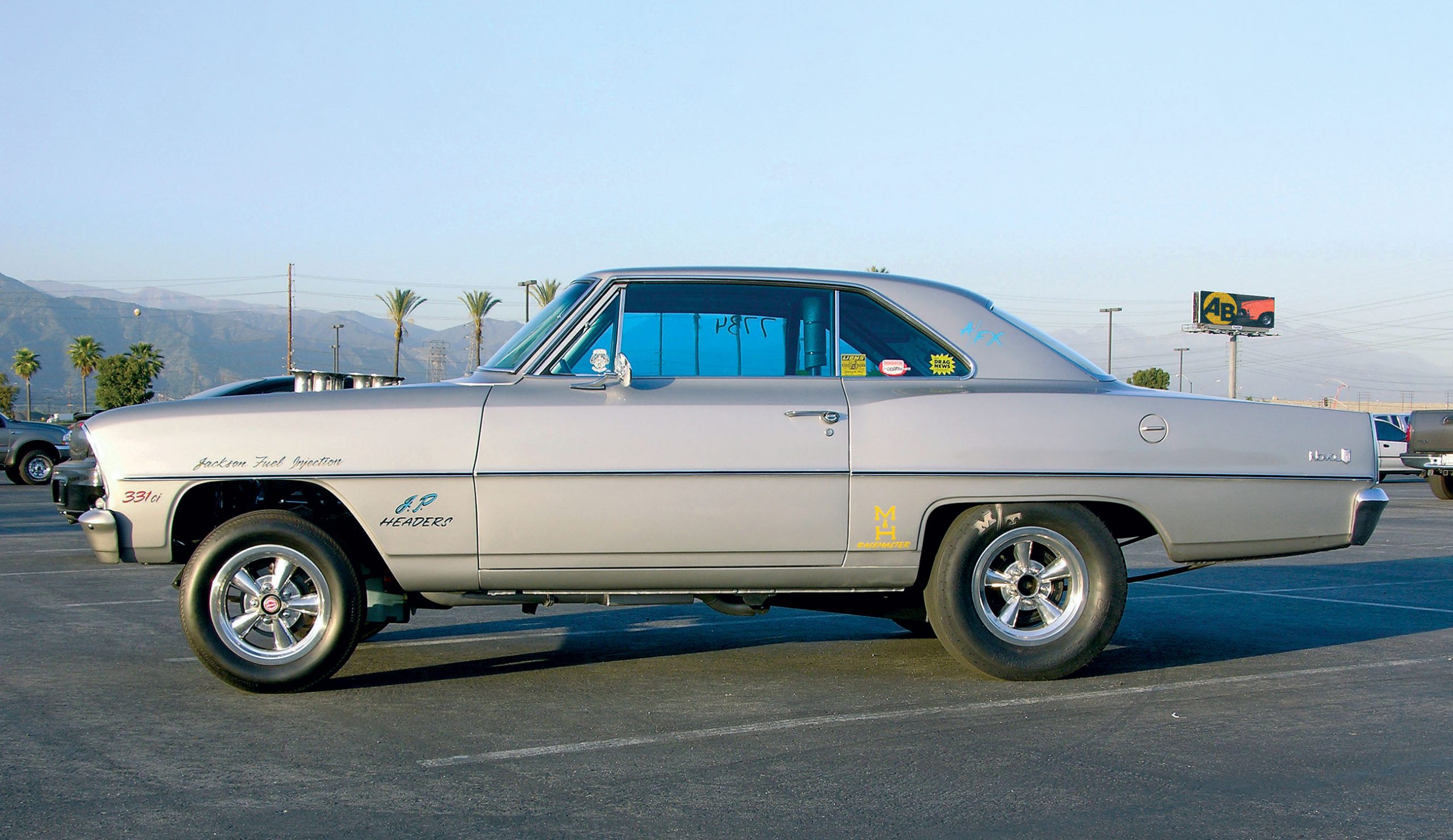
If you’re in the planning stages of building your car, or even if you have finished and are driving it, there are lots of free or inexpensive things you can do to make your ride faster and/or more efficient. This month, The Auto Builder gives you 25 of those ideas. Most of these free tips simply involve putting your car on a diet. Every 100 pounds of weight removed from your car equals dropping 1/10th of a second at the strip. Even though you may not be racing, the same theory applies to the street, and also to the extra weight you must lug around.
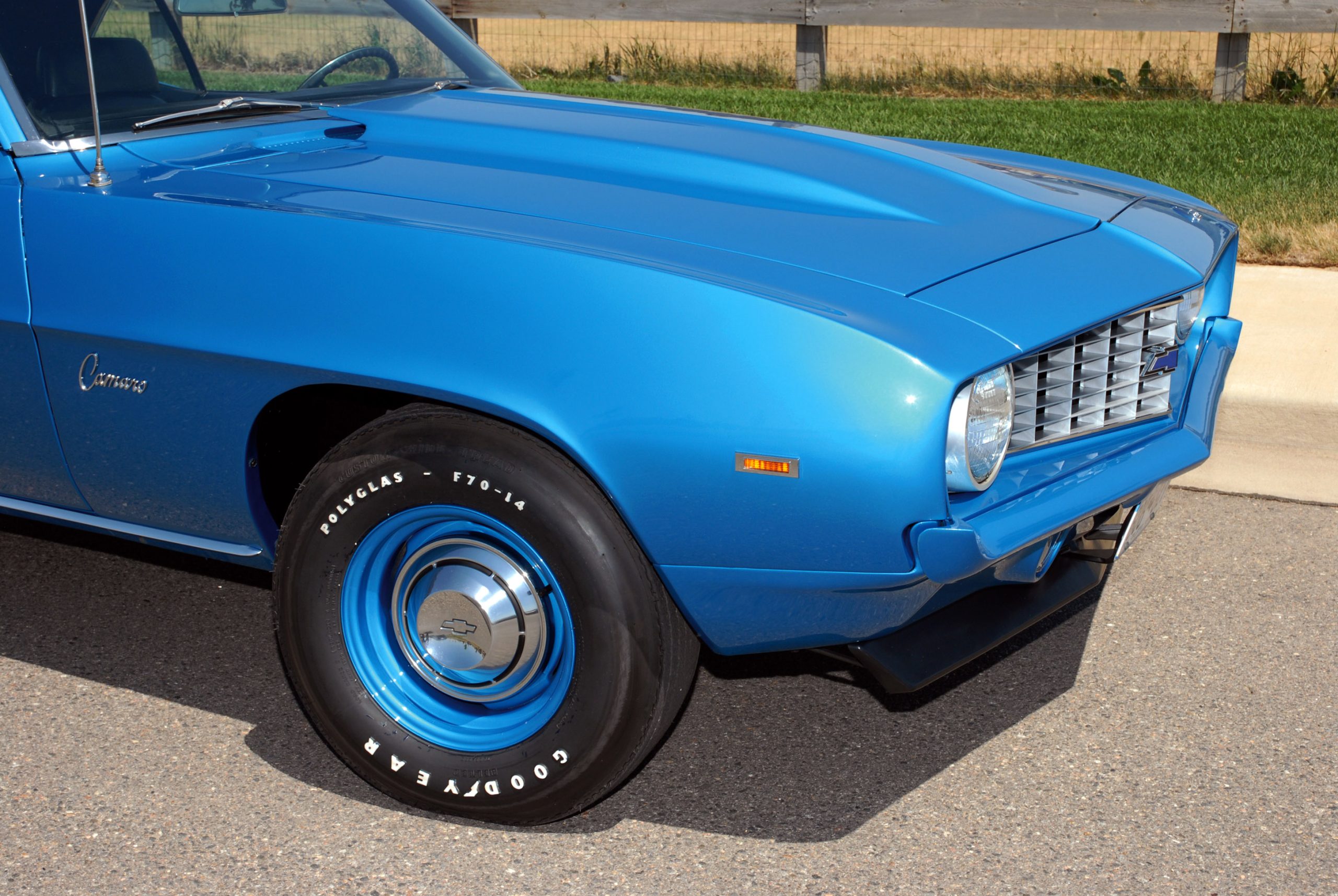
These tips are performance-oriented in nature because no matter how good-looking a matching-numbers Chevy might be, getting there and back is vital, as is prepping the car properly and inexpensively with little trouble. While six-figure projects and high-tech billet products flood the market, finding a good deal at the local salvage yard or a worthwhile part left over from a project can be just as exciting and much easier on the wallet.
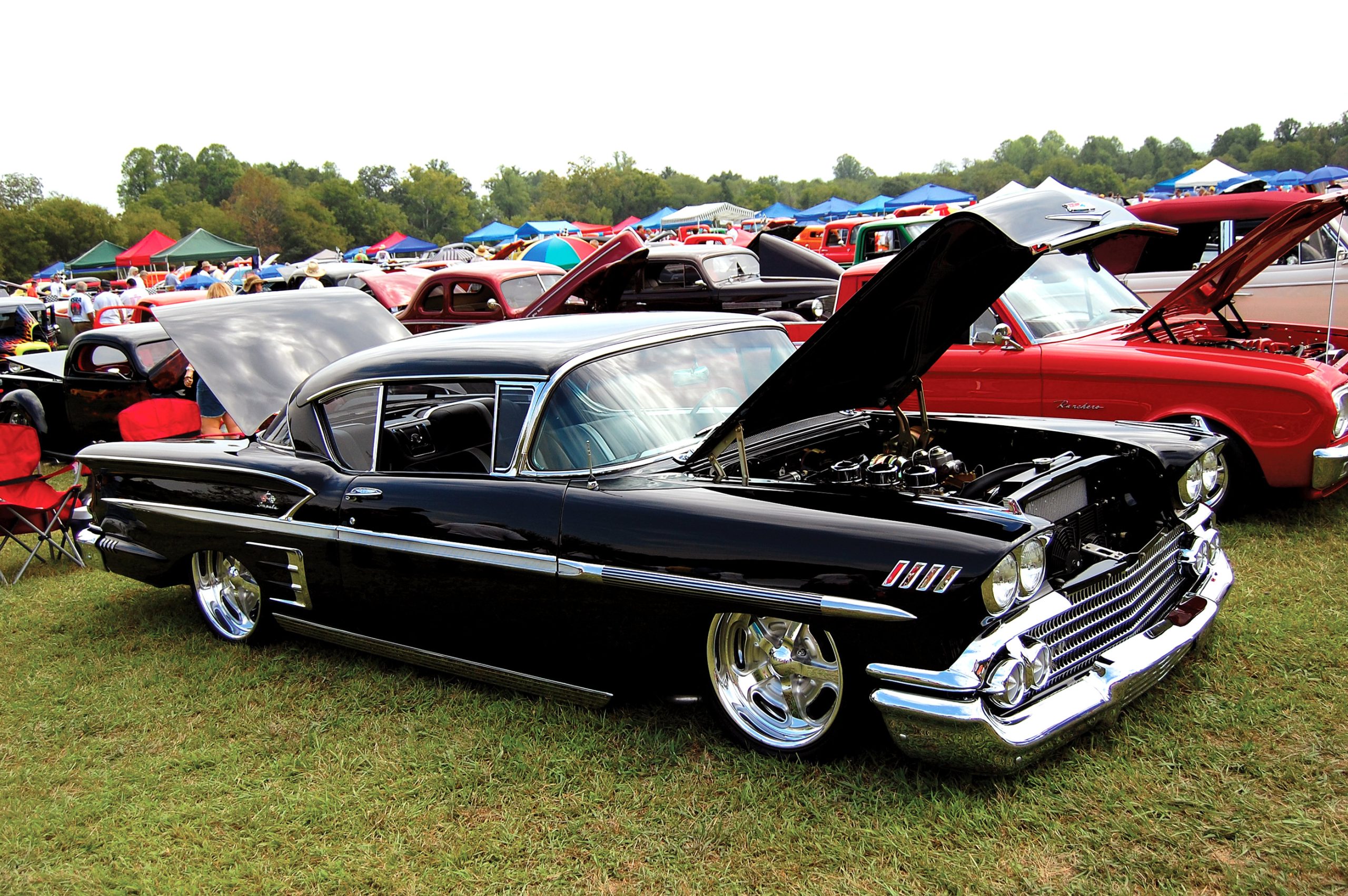
This was a time when car manufacturers improved on their cars with much better suspension systems, larger and more efficient V-8 engines, and all the stylish creature comforts new-car customers expected. Chevrolet evolved, too, using more modern technology and a performance parts supply that enabled Chevy enthusiasts to build upon the factory offerings. Chevrolet changed what was once a basic industry, and even though those were simpler times with no computers, cell phones or electronics to speak of, the suspensions were new—but still a long way from what is available now. However, tri-5 Chevys were fast and provided a blast without all those fancy gadgets found in luxury cars at the time—just give them a two-tone Chevy equipped with a V-8 and whitewall tires, and it was all good.
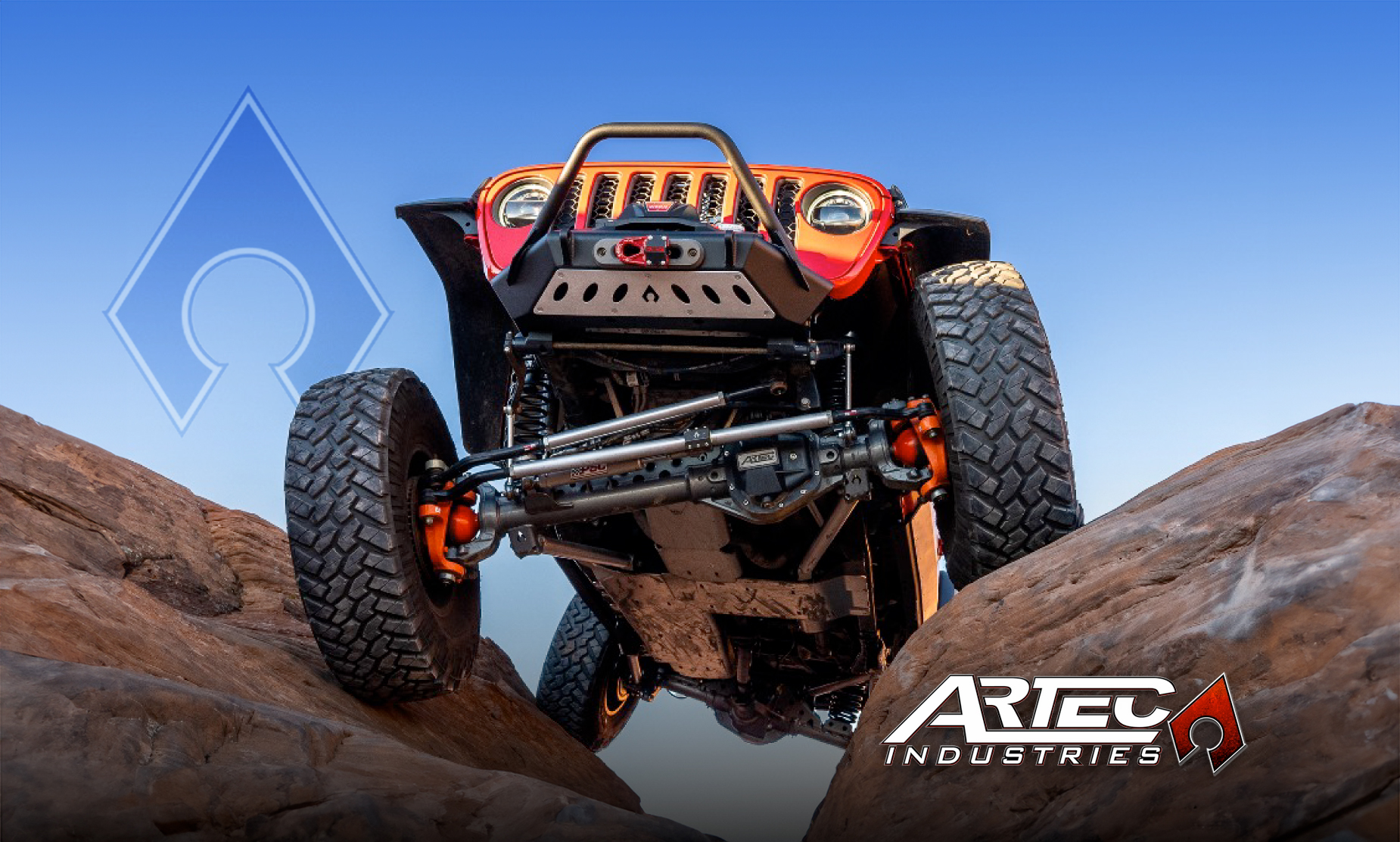
Artec Industries, specializing in designing and manufacturing high-quality off-road components for Jeep, Toyota, Chevy, Ford, Dodge, Scout, or Custom vehicles, is known for its innovative designs, quality reputation, fast shipping, and exceptional customer service. Founded in 2003 by Artie Nuttall, the company has a mission to provide world-class aftermarket automotive parts to off-road enthusiasts and to break the mold on what has been done in the industry. Artec’s relentless dedication ensures that it consistently exceeds customer expectations and earns their trust through unparalleled service.








